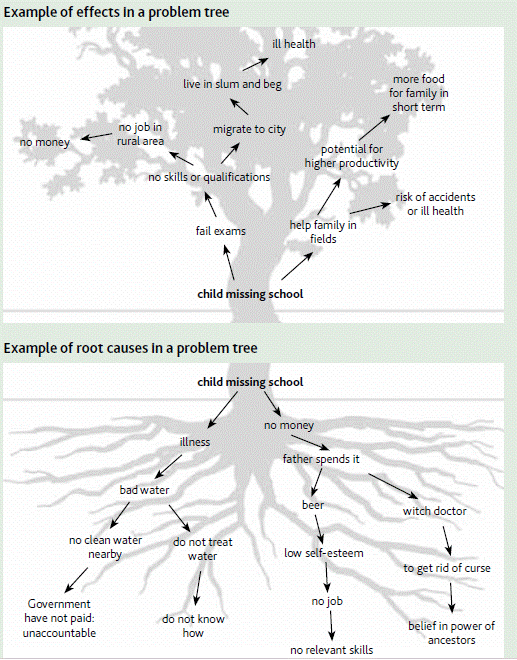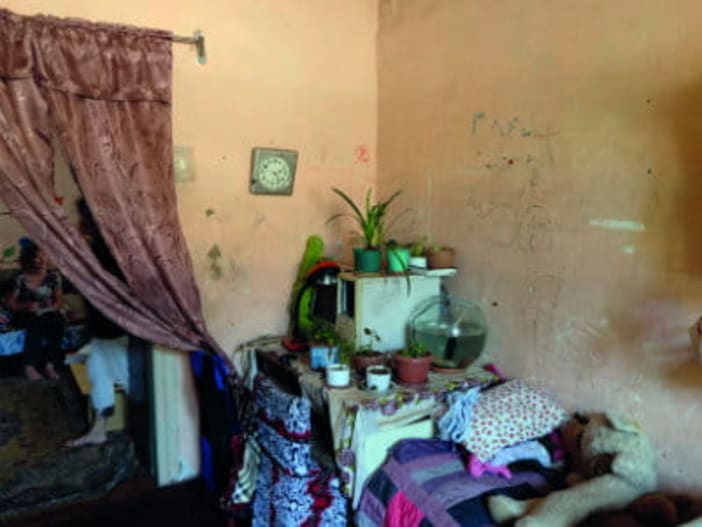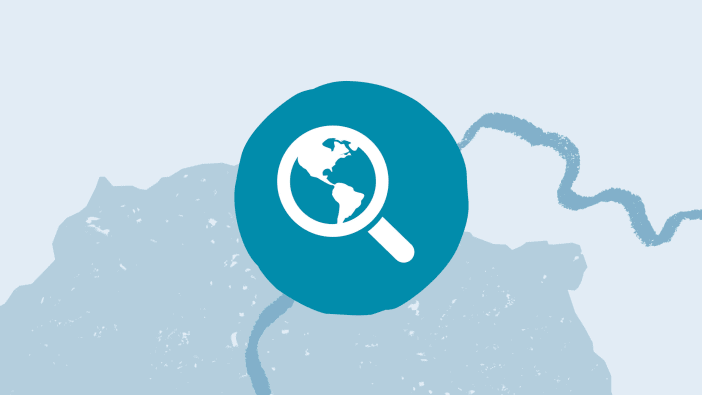Advocacy is all about influencing the decisions, policies and practices of powerful decision-makers, usually in government. It is done in order to address the underlying causes of poverty, bring justice and support good development. Learning about an advocacy issue (eg access to healthcare or the right to graze animals on common land) is important because all advocacy work needs to be based on correct information, which comes from a source which those in power can also access.
There are many stages to an advocacy project. You need to start by identifying, researching and analysing the most appropriate issue to address through advocacy. Next you need to develop and implement an advocacy action plan. You can then monitor progress and review the impact you have made.
Usually, the success or failure of an advocacy initiative depends on the research and analysis you do before you start approaching decision-makers.
It is like building a house: you need to build strong foundations to make sure it doesn’t fall down! Therefore, it is important to ask:
- Have we identified the most relevant issue to advocate about?
- Have we done enough research and analysis?
- Have we learnt as much as we can about the issue before taking action?
Research and analysis
Often, knowledge about the issue can only be gained through research, which involves the focused collection of information and data, and analysis, which involves thinking about what this information and data mean for your work. What you learn will then help you to make a plan of action.
It is good to start by gathering information that is both quantitative (ie facts, figures and data) and qualitative (ie stories and quotes from people affected by the issue). Research may be primary or secondary:
- Primary research comes from original sources. You get information directly from those involved in or affected by an issue. This can be through interviews, surveys or informal conversations.
- Secondary research comes from trusted sources that have already gathered information on your issue. It is often called ‘desk-based research’ because it can be done using websites, books, reports or sets of statistics. These can be found on the internet or in newspapers as well as through libraries, universities, government departments, NGOs or research institutions.
Analysis involves asking questions about the information you have gathered and identifying patterns and themes which can easily be communicated to others.










